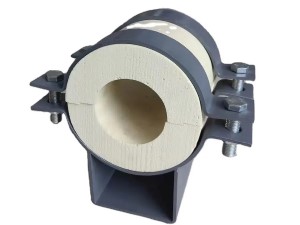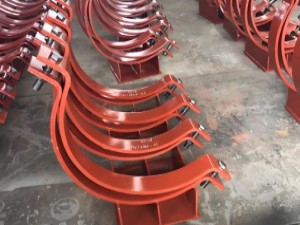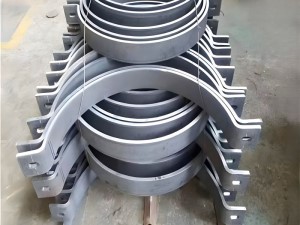Socket Welding Flanges, SW Flange
Socket-Weld Flanges has a female socket in which pipe is fitted. Fillet welding is done from outside on the pipe.
The socket welding flange is similar to a slip-on flange except it has a bore and a counterbore dimension.
The counterbore is slightly larger than the O.D. of the matching pipe, allowing the pipe to be inserted into the flange similar to a slip-on flange.
The diamter of the smaller bore is the same as the I.D. of the matchine pipe A restriction is built into the bottom of the bore which sets as a shoulder for the pipe to rest on.
Standards, Dimensions & Weight
The Socket Welding Flange is attached to the pipe by a fillet weld around the hub of the flange. An optional internal weld may be applied in high stress applications.
.ASME/ANSI B16.5 Class 150 SW
.ASME/ANSI B16.5 Class 300 SW
.ASME/ANSI B16.5 Class 600 SW
.ASME/ANSI B16.5 Class 1500 SW
This is eliminates any restriction in flow when using a socket welding flange.
Specifications of Socket Welding Flanges:
This flange type will be welded to a pipe or fitting with a single full penetration, V weld (Buttweld).
Size: 1/2” to 60”, DN 12mm to DN 1500mm
Pressure class: Class 150 to Class 2,500, PN 2.5 to PN 250
Facing: RF / RTJ
Material of Socket Welding Flanges:
Cabon steel: A105, A350 LF2
Stainless steel: A182 F304/F304L/F316/F316L/F321
Alloy steel: F11, F12
Packing: plywood case and plywood pallet
Advantages and disadvantages of Socket Weld fittings
The pipe need not be beveled for weld preparation. Temporary tack welding is no needed for alignment, because in principle the fitting ensures proper alignment.
The weld metal can not penetrate into the bore of the pipe.
They can be used in place of threaded fittings, so the risk of leakage is much smaller. Radiography is not practical on the fillet weld; therefore correct fitting and welding is crucial. The fillet weld may be inspected by surface examination, magnetic particle (MP), or liquid penetrant (PT) examination methods.
Construction costs are lower than with butt-welded joints due to the lack of exacting fit-up requirements and elimination of special machining for butt weld end preparation.






